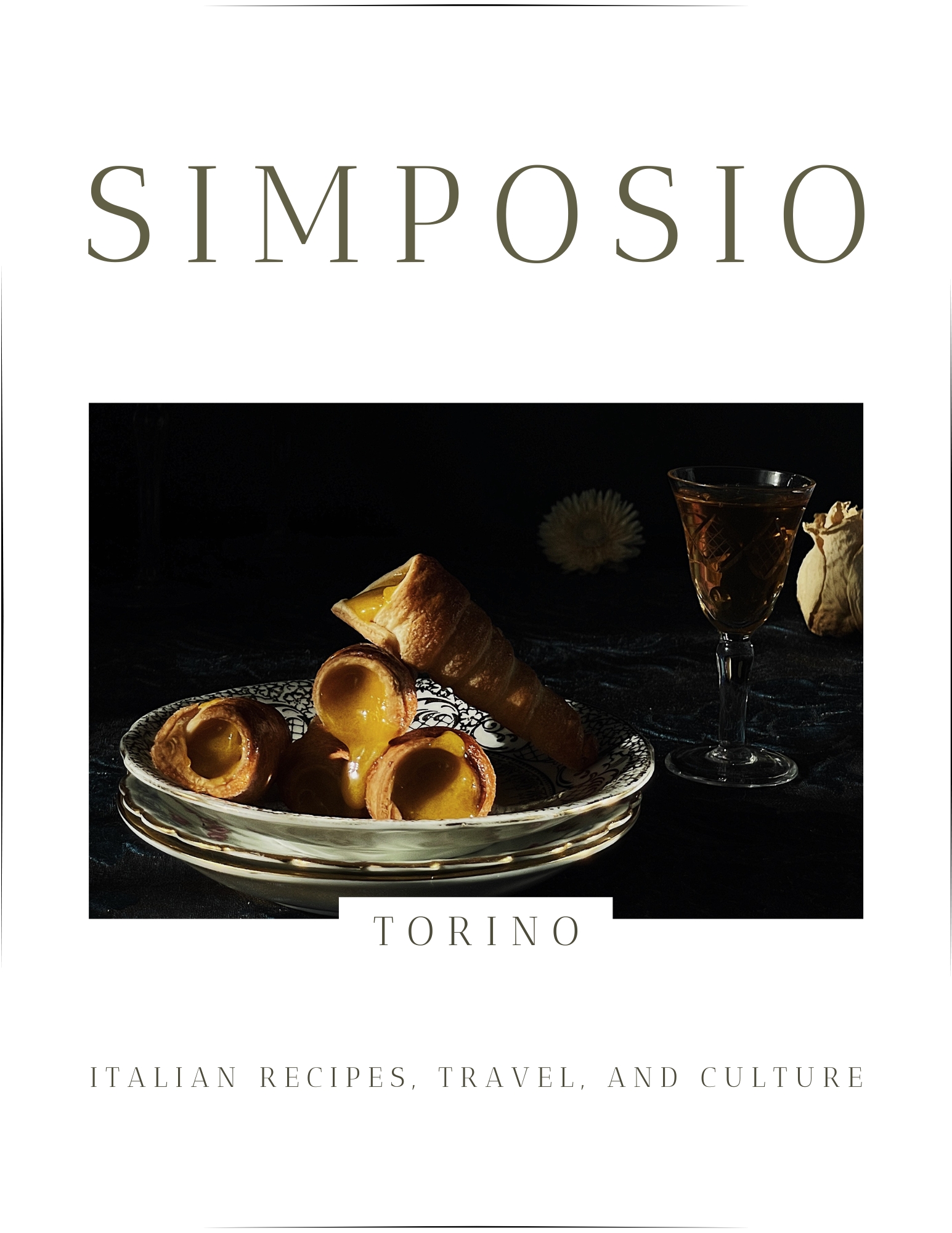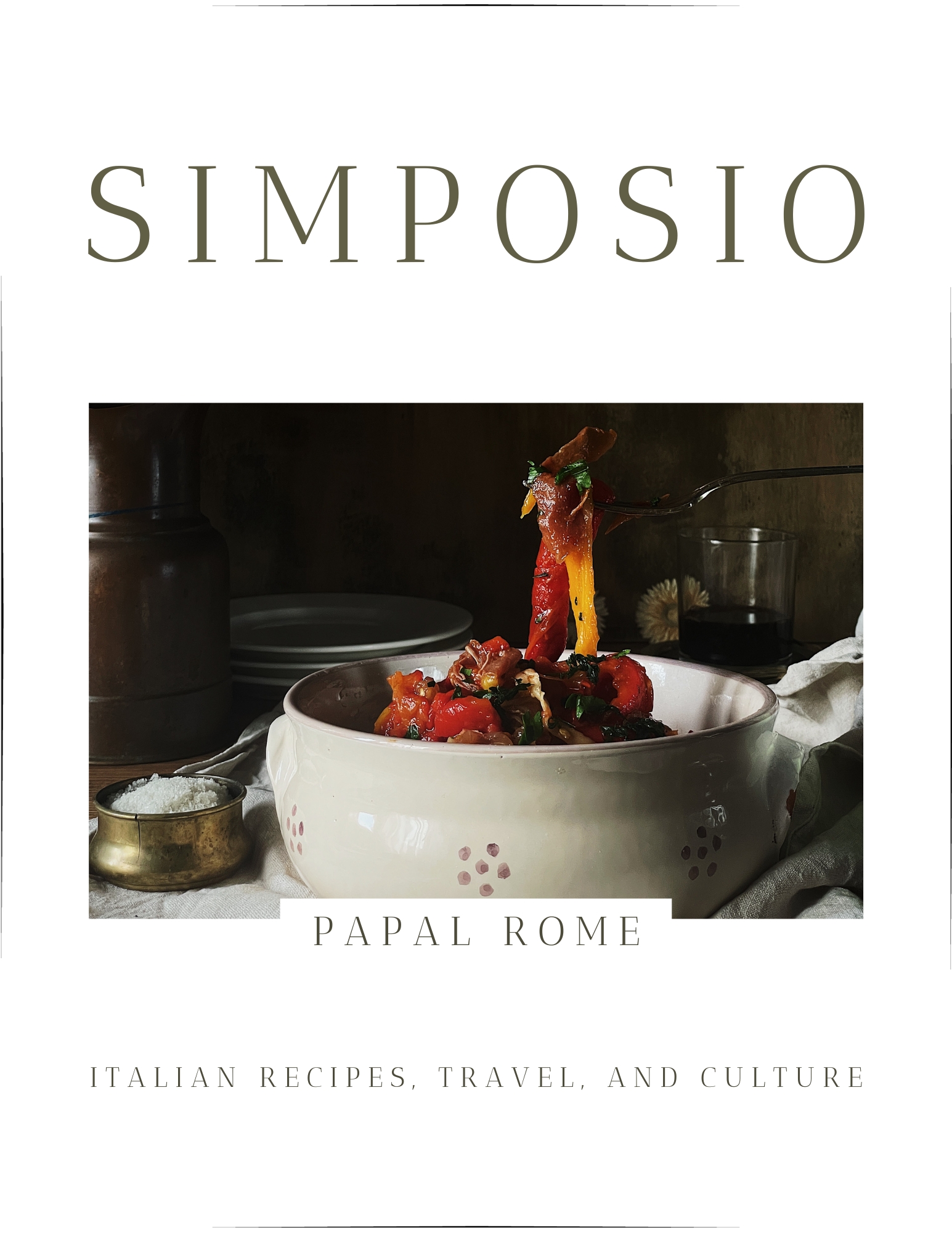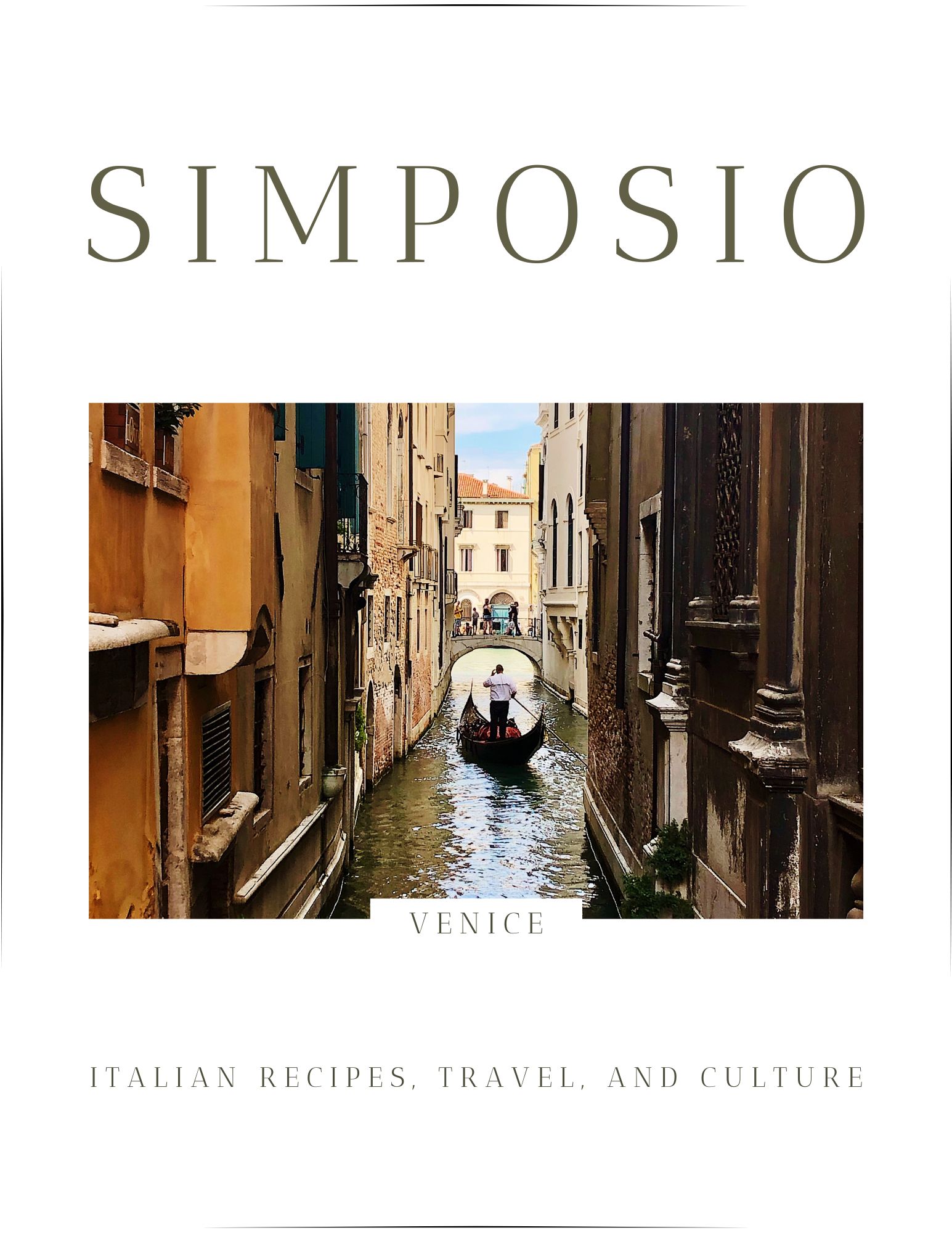This is the authentic panzerotti pugliesi recipe: deep fried dough pockets filled with tomato, mozzarella, and ham.
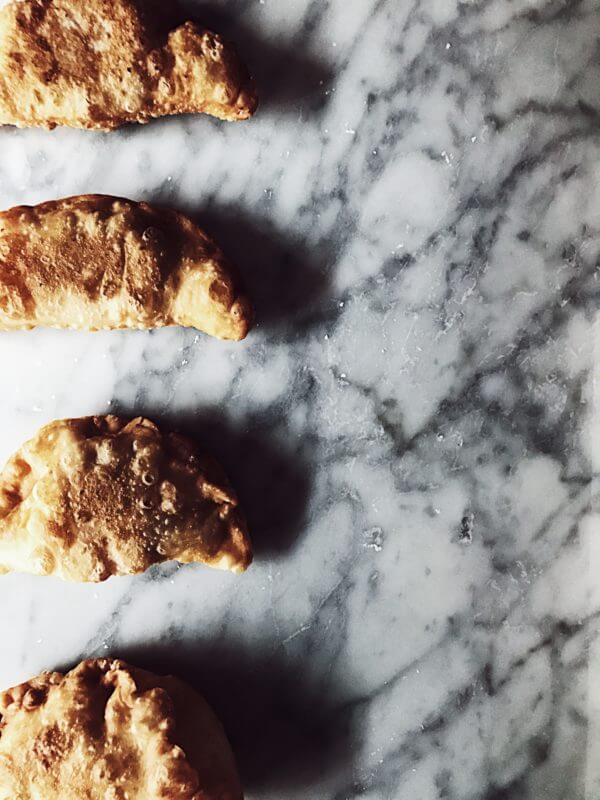
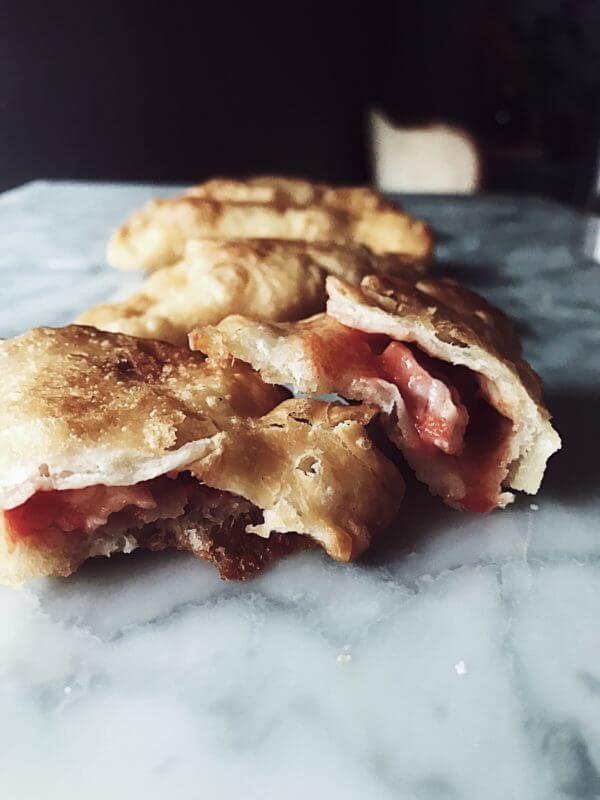
WHAT’S PANZEROTTI?
Panzerotti pugliesi are stuffed bread dough pockets deep fried, and sometimes baked: a traditional street food of Puglia.
The classic panzerotti filling is tomato sauce and mozzarella. But in Puglia you’ll find plenty delicious variants – lately, I’ve heard of a carbonara panzerotto… imagine!
Panzerotti pugliesi may be eaten as an aperitivo, as a snack, or as street food. Actually, any excuse is good to have one!
WHEN DO WE EAT PANZEROTTI HERE IN ITALY
When we go to Taranto, my husband’s city of birth, we have a couple-tradition: we go to a beautiful bar in the main street and order a classic aperitivo. This means you sit at an alfresco table and wait for the multitude of things they’ll bring you. An incredibly sweet fruit-based drink, olives, almonds, chips, peanuts, taralli (kind of round shaped breadsticks), “mozzarelline” (tiny mozzarella bites), ham or salami stuffed croissants, friselle (dried bread, usually garnished with diced tomatoes), pizzette, and my favorite: panzerotti!
I got the authentic panzerotti pugliesi recipe from my Apulian mother-in-law and now I’m sharing it with you, enjoy it!
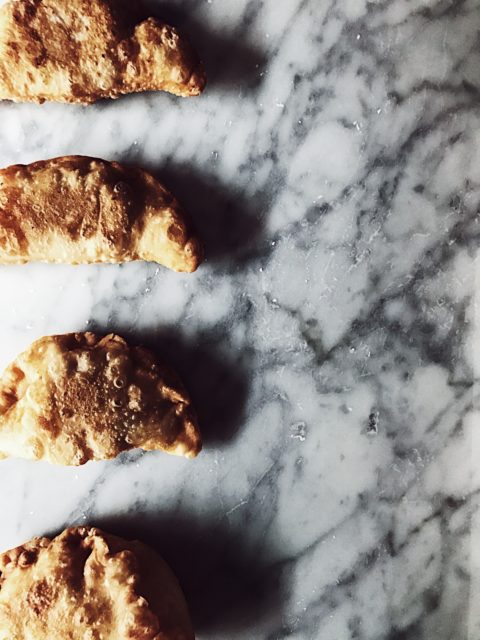
panzerotti pugliesi
Ingredients
Dough:
-
17.5
oz
00 flour
500 gr
- 1 cube fresh baker's yeast 0.9 oz - 25 gr
- 3.5 oz milk 100 ml – room temperature
- 1 teaspoon sugar
- 2 oz extra virgin olive oil 60 gr
- 1 teaspoon salt
- 1 teaspoon sugar
Filling & frying:
-
1
cup
tomato passata
puree
- 2 tablespoons extra-virgin olive oil
- ½ teaspoon salt
- 1 mozzarella
- 3.5 oz ham (or prosciutto cotto) 100 gr - optional
- 2 cups vegetable frying oil
Instructions
-
Dissolve the yeast in the milk, add the sugar and mix well. After nearly five minutes, you should see a little bubbling, even just on the sides: this means the yeast is active. If not, start all over again.
-
In a mixer or bowl, mix all the ingredients, including the milk-yeast mixture. Work with your hands or dough hook until a ball forms. Add a few teaspoons of water if necessary, but gradually.
-
After a ball has formed, knead ten more minutes with the mixer, or twenty with your hands: you are looking for a very elastic and smooth dough.
-
Sprinkle some flour on the bottom of a bowl, place the ball, cover it with a damp cloth and let rise for 2 hours in a warm spot (next to the radiator or inside the oven - light on).
-
Season the tomato puree with salt and oil. Julienne the ham and finely dice the mozzarella.
-
Once the dough has raised, divide it in twelve pieces and form 3 inches (6-7 cm) diameter balls.
-
Roll them out (0.25 inches – 0.5 cm height) into a round-ish shape. You can cut out the dough with a circular cutter (or a mug).
-
Place a teaspoon of tomato sauce, 2-3 cubes of mozzarella and ½ teaspoon of ham in the center of each circle.
-
Lightly brush some water over the perimeter edges and fold the dough into a crescent shape. Press with your fingertips to seal.
-
Heat a couple of cups of frying oil (I used a wok) and fry the panzerotti less than a minute per side, until lightly golden brown. Serve hot.
FROM THE ITALIAN COLORS NEWSLETTER:
“Trulli are stone-made ancient Puglia constructions, originally meant as shelters for farmers.
With time, they have evolved into residential spaces. From one isolated unit to a few units connected, each hosting a different functionality: kitchen, bedroom, etc.
In Alberobello (Bari), named the capital of these constructions, you can find a whole (spectacular) city made of Trulli. This almost totally pedestrian area is a wonderland for total-white and ancient mystery lovers.
Yes, mysteries! Cause there are a few facts that will tease your curiosity:
Historians still do not totally agree on these buildings’ origins (you’ll find very similar constructions in Sardinia, France, Turkey, Africa, and Spain)….“
Enjoy your panzerotti!
Claudia

